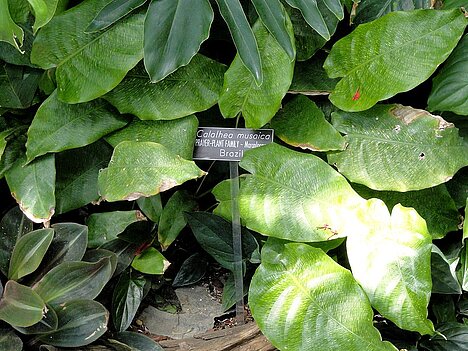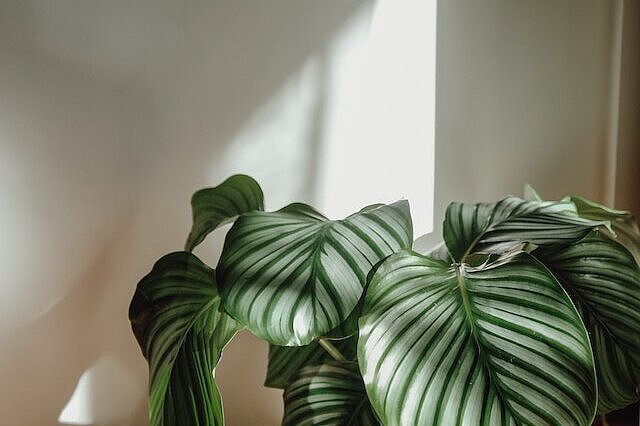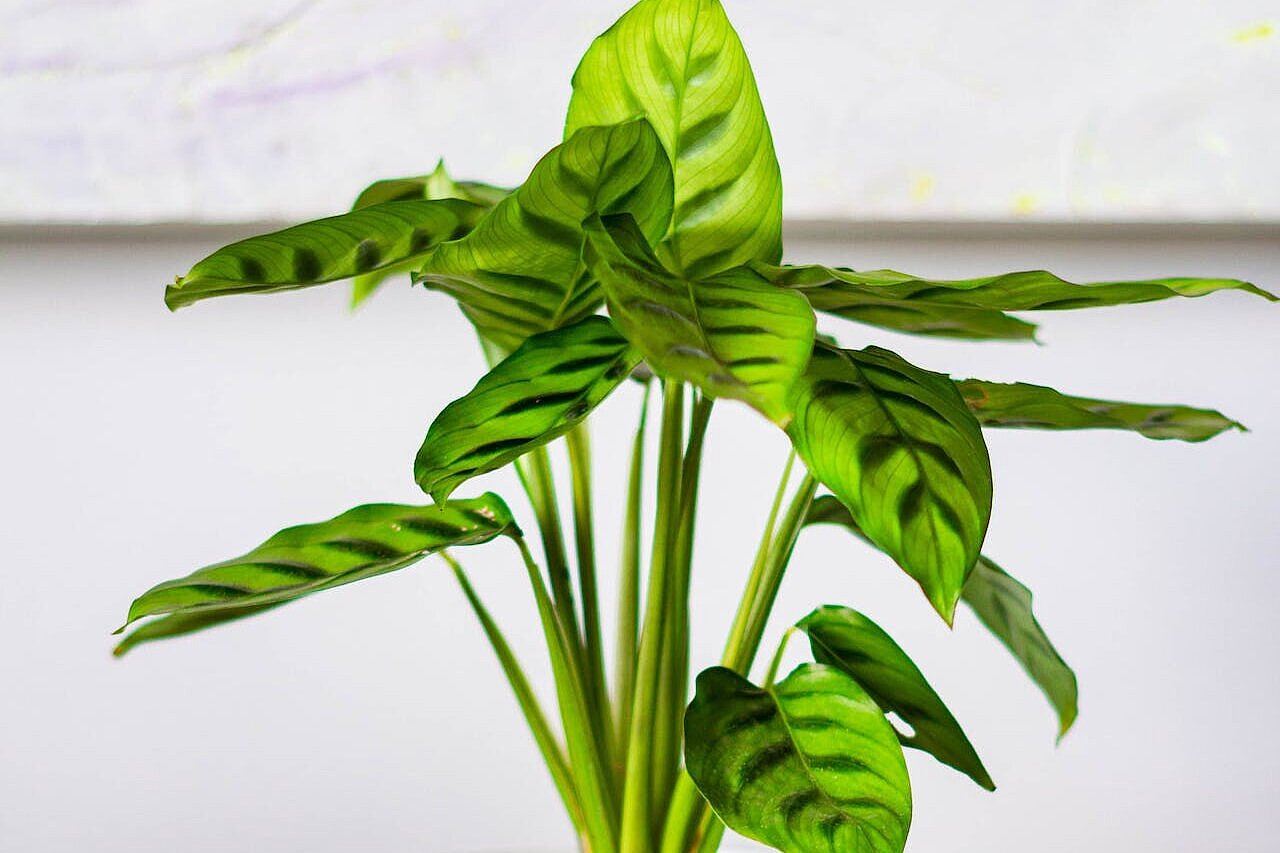Calathea musaica

What is Calathea musaica?
Calathea musaica is a houseplant from the genus Calathea, which belongs to the Marantaceae family. This plant family comprises around 300 species, all of which are notable for their attractive leaves. Calathea musaica is also known as the netted marant because its dark green leaves are decorated with a fine mosaic of light green and white stripes and dots. This plant originally comes from the tropical rainforests of South America, where it grows in the shade of large trees and benefits from the high humidity.
How to care for Calathea musaica?
Calathea musaica is a relatively easy-care houseplant that adapts well to our living spaces. However, it needs some basic conditions to stay healthy and beautiful. Here are some tips on how to look after your Calathea musaica properly:
- Location: Calathea musaica likes partial shade and warm conditions. Avoid direct sunlight, which can burn its leaves. Choose a spot with indirect light, for example near a window with a curtain or a lamp. The ideal room temperature is between 15 and 23 degrees Celsius. In winter, make sure that the plant is not too close to a heater or a cold draught.
- Watering: Calathea musaica needs regular watering with lime-free water. The soil should always be slightly moist, but not wet or waterlogged. Check the moisture of the soil with your finger or a moisture meter before watering. You can water your plant more often in summer than in winter, but always adapt to the needs of your plant. It is best to use soft water, for example rainwater or stagnant tap water. Water containing lime can lead to brown spots on the leaves.
- Fertilize: Calathea musaica requires little fertilizer to grow and flower. You can feed your plant with a liquid fertilizer for green plants every two to four weeks during the summer months, but only use half the recommended concentration. In winter, your plant does not need any fertilizer.
- Repotting: Calathea musaica grows relatively slowly and therefore does not need to be repotted often. You can repot your plant every two to three years in spring in a slightly larger pot with fresh soil. Use a well-drained, loose and nutrient-rich substrate, for example a special potting soil for houseplants.
- Pruning: Calathea musaica does not need to be pruned unless you want to correct its shape or remove damaged leaves. To do this, cut off the affected leaves with clean scissors or a knife, as close as possible to the stem or the base of the leaf stalk. Disinfect the cutting tool before and after use to avoid infection.
- Propagation: Calathea musaica is easy to propagate by means of head cuttings. To do this, cut off a healthy leaf with a piece of stem in spring or summer and place it in a pot with moist soil. Keep the soil evenly moist and place the pot in a warm and bright place, but not in direct sunlight. After a few weeks, roots should form and you can care for your new cutting like an adult plant.
Is Calathea musaica poisonous to dogs?
The good news is: Calathea musaica is not poisonous to dogs. This plant does not contain any toxic substances that could harm your dog. However, this does not mean that you should let your dog nibble on the plant.
Calathea musaica is a beautiful houseplant that will brighten up any room with its unique leaf patterns. It is also easy to care for and safe for dogs. With the right care instructions, you can enjoy this exotic beauty for a long time and add a touch of the tropics to your home.
Properties 2
Are you looking for other ingredients with a specific property?
Just click on them to find more.
If you notice any signs of hypersensitivity or poisoning in your dog, you should see your vet immediately. We are not a substitute for a vet, but we try to be as accurate as possible. Every dog reacts differently and we recommend you get a second opinion or consult your vet if in doubt.
Stay healthy and take good care of your four-legged friend!😊
Similar to Calathea musaica
Calathea Orbifolia is a species of the genus Calathea, which belongs to the arrowroot family (Marantaceae)1. It originates from the tropical forests of South America and has striking, round to oval...
Calathea zebrina is an evergreen perennial that grows from rhizomes and reaches a height of up to one meter. The leaves sit on long, fleshy stems and are oblong-oval in shape. They can grow to over...
Calathea makoyana belongs to the Marantaceae family and originates from the tropical regions of Brazil. It is characterized by its unique, decorative leaves, which have a striking pattern of light...
Calathea roseopicta is a demanding houseplant that needs plenty of moisture, warmth and light. It should be placed in a bright, but not directly sunny spot, otherwise the leaves may burn. The...



